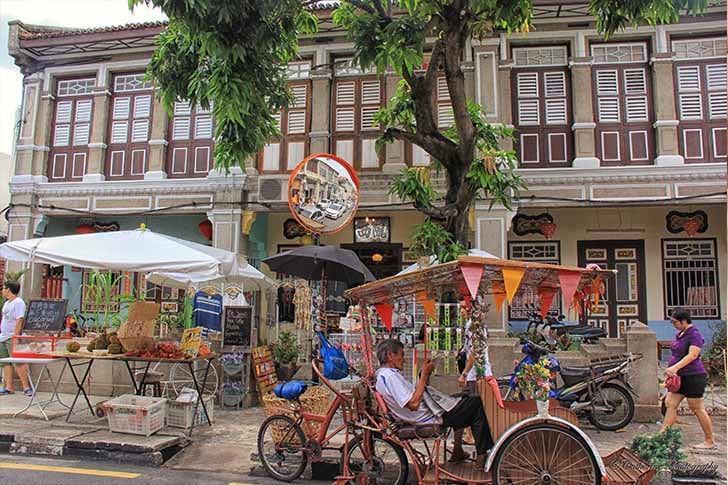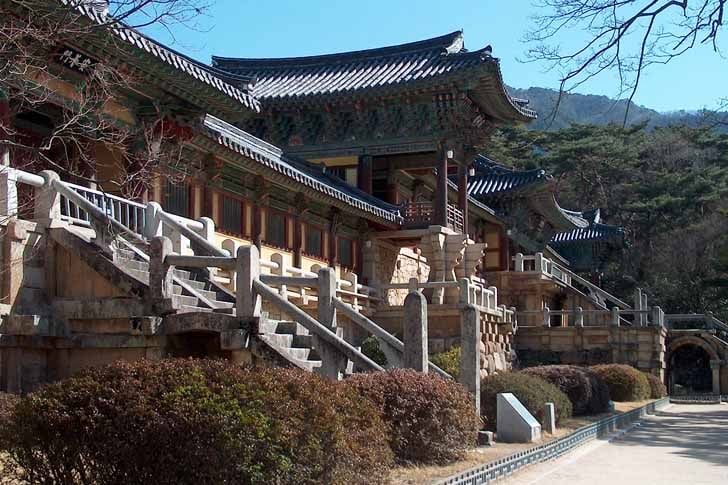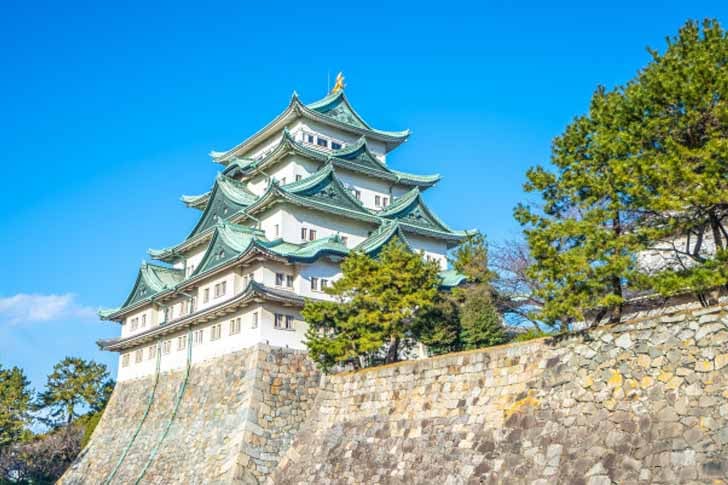Where To Travel And Eat In Asia
Travels nowadays are primarily more about food experience than it is about sightseeing. In recent surveys, you’ll find more and more travelers consider first the food they get to try in a given place. In fact, some plan about the food experience ahead, more than they do about where they’d stay. Actually, in case some older generations haven’t noticed, the younger ones travel more frequently these days.
As flights become cheaper plus the web and media become more and more widespread, people get lured into the experience of traveling as an essential investment in their lifetime.
So right at this second, we’ve narrowed down the places in Asia where most of the millennials travel to for the food experience. Here’s just about where your next meal awaits after the pandemic:
George Town, Malaysia

George Town is the capital of Penang State of Malaysia, and it credits to be the best place to eat in all of Southeast Asia. As a matter of fact, it has long been referred to as a hotbed of culinary diversity. The city doesn’t only feature Malaysian cuisine but also highlights the mix of other food culture influences such as the regional Chinese, South Indian, Indonesian, and British. The Baba Nyonya cuisine is one of the must-try food experience every traveler should make an investment in. It is known for the ingenious way of incorporating Chinese wok cooking using Malay spices and ingredients.
A normal day in George Town may start with a Malay-style breakfast of nasi lemak, cooked rice in coconut milk with the famous Malay chili paste, sambal. While for lunch, one could go for the thali, a banana leaf platter of south Indian deliciousness. Lastly, for dinner, Chinese-style fried noodles would do as you graze through other specialties from the street carts and stalls. Without a doubt, the food experience in this city is like no other.
Gyeongju, South Korea

Back in 57 B.C. through A.D. 935, Gyeongju was Korea’s capital city in the rise of the Silla dynasty. Currently, the place credits as the country’s architectural haven and is surrounded by well-preserved palaces, temples, burial mounds, and other religious and political structures. It is even referred to as a museum without walls for that very reason. Nowadays, however, the place becomes a tourist destination featuring architectural structures, and it contributes to the Korean culture’s culinary front. As miraculously as the structures were preserved and kept even through the war, the city’s food is something to discover.
Eating in Gyeongju is a time travel experience allowing you to dine in the time of the Silla Dynasty– only you’re being served like royalty. With centuries-old recipes passed down and modern chefs presenting as traditionally and in formal styles, this place is a must-see. Get your health insurance plan ready, as this trip is not for the faint-stomached. Be assured, though, that Korean food is one of the cleanest prepared dishes around the world. You may also opt for eating like a monk, with clean, temple food. They have this place you can go to where a Buddhist clergy prepares your food. Of course, try the overly-garlicked fried chicken and their cold noodle shops. These shops are everywhere in the city.
Nagoya, Japan

Home to one of the famous carmaker, Toyota, Nagoya is also a city known for being preserved in time. We think it could still be a place where pre-historic animals might still exist.
As there’s not much to do or see in the city, a food-trip could primarily be the reason to go to this place. In 2018, a restaurant in the area was formally given credit with Michelin stars, and that’s basically how Nagoya was added to the list of must-go cities in Japan.
The Japanese cuisine, referred to as Nagoya-meshi, is worth the experience. This cuisine includes kishimen, which is a chewy, flat noodle, and hitsumabushi, a crispy, charred eel in a savory-sweet sauce. Of course, the famous miso katsu that is deep-fried pork in a rich miso gravy is to be enjoyed authentically in this city. Take note of the benevolent tradition practiced by some coffee shops: serving your ordered morning coffee with a free small meal. Truly, Nagoya is a place where the food is as generous and cheerful as its inhabitants.
